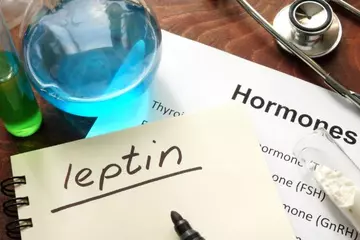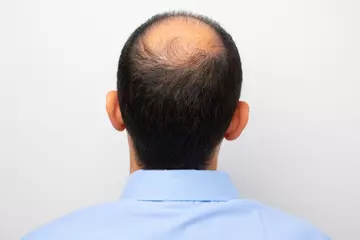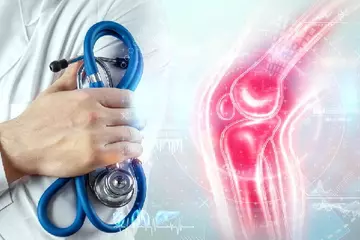What is absence seizure?
Absence seizure refers to a sudden lapse of consciousness that occurs for a brief period of time and involves staring spells.
An absence seizure lasts for about 15 seconds, during which it may look like the person having the seizure is staring blankly into space (hence referred to as staring spells). After this brief moment of halted consciousness, the person suddenly regains the normal level of alertness.
What are its main signs and symptoms?
The primary symptom of an absence seizure is a blank stare. However, this is done unintentionally, and the person remains unaware of it. Other symptoms of absence seizures include:
- Fluttering of the eyelids.
- Rubbing of fingers.
- Small movements of the hands.
- Repeating chewing motions or licking the lips.
- Staring into space for a period of 10-20 seconds.
While experiencing a seizure, the person suddenly stops doing the activity they were engaged in, such as:
- Stops walking suddenly and resumes after a few seconds.
- Stops talking halfway through a sentence and resumes a few seconds later.
Soon after experiencing the seizure, the person tends to be alert and remains unaware that the seizure occurred. The seizure does not usually end up leaving the individual confused in any other manner. It is unlikely that the person will fall while having an absence seizure.
Some individuals may have multiple episodes of absence seizures in a day. In children, the symptoms may interfere with school performance. In fact, the seizure may be mistaken for dwindling attention and daydreaming.
What are the main causes?
An absence seizure is a result of an abnormal activity in the brain. The cells in our brain communicate through electrical impulses and chemical signals. These electrical signals repeat themselves over and over in absence seizures. Absence seizures may also have an underlying genetic cause. Other factors that may increase the risk of precipitation of an absence seizure include:
- Medications for convulsions, such as phenytoin and carbamazepine.
- Rapid and shallow breathing or hyperventilation.
- Flashing lights.
Children may have a genetic predisposition to this condition. Absence seizures are more prevalent in children in the age group of 4-14 years.
How is it diagnosed and treated?
Since absence seizures are not commonly reported as a medical problem, a formal diagnosis is often delayed. The following tests can be used for diagnosing absence seizures:
- Blood tests to detect any other pathological causes of seizures.
- MRI and CT scan to locate any abnormalities in the brain.
- Electroencephalogram (EEG) to check the electrical activity in the brain.
The treatment of absence seizures involves the use of anti-seizure medications. In most cases, lifestyle changes are helpful in dealing with these seizures. For example, in the case of children, informing the teacher about the child’s condition can be helpful. In rare cases, surgery may be required to reduce the frequency of seizures.
















